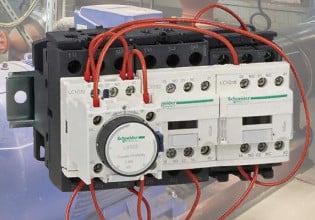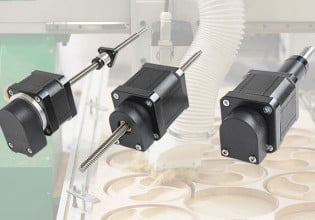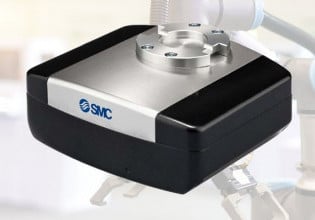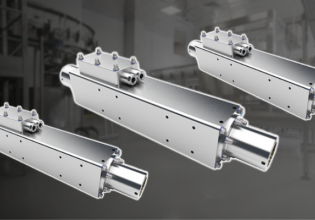BEAMIT and TEMA Energy Collaborate to Produce Gas Turbine Components Using Metal 3D-Printing
BEAMT and TEMA Energy combine forces to resolve challenges surrounding gas turbine component production using 3D-printing technology.
BEAMIT and TEMA Energy Working Together
BEAMIT is a specialist in metal additive manufacturing (AM). The company uses AM techniques including direct metal laser sintering (DMLS), Electron Beam Melting (EBM), and Selective Laser Sintering (SLS) for the fabrication of metal components, prototypes, production series or solid 3D objects.
TEMA Energy is a manufacturer of gas turbine parts and components for the oil and gas, and power generation industry.
Operating from its industrial site in Italy since 1985, TEMA has many years of experience in the design, construction and commercialization of machines and equipment for stringing and laying high-medium-low voltage power lines, telecommunications lines, and infrastructures assembly.

BEAMIT Founder and President, Mr. Mauro Antolotti. Image used courtesy of BEAMIT.
In 2019, a spin-off company, TEMA Energy, was created from the Energy and, oil and gas divisions of TEMA SRL.
Recently, BEAMIT and TEMA have agreed on a partnership that will allow them to aviation, produce power generation, and oil & gas components with metal AM.
Benefits of Using 3D-printing
3D printing technology is a good alternative to casting and machining when creating turbomachinery components. These types of components can include rotational machinery used in aircraft and turbines, compressors or burners.
The former methods of manufacturing such components are labor-intensive and time-consuming, involving long lead times in for designing and manufacturing of tooling.
This is where 3D-printing can provide a solution. 3D-printing allows the design of a prototype to be sent directly to a 3D printer and can be produced with several hours to several days depending on the type of technology used.
This negates the need for engineers to make tooling-like molds for prototypes which can take months in certain cases.

Products produced by TEMA Energy. Image used courtesy of TEMA Energy.
Collaboration between BEAMIT and TEMA will be an essential step toward a more efficient, time-saving prototype building for gas turbine components.
The technology will allow them to test and validate prototype designs more quickly and enhance the speed of production processes.
Siemens is a good example of how this kind of 3D-printed technology can help optimization. When the company 3D-printed its gas turbine blade prototypes, the development and validation time was drastically reduced from two years to two months.
More Design Flexibility
Design flexibility is another added benefit to engineers using 3D-printing technologies. BEAMIT’s AM expertise could be used to create a single part that is constituted of several components.
This can reduce the assembly time of parts and allow for improvements in the durability and strength of gas turbine components.
Additionally, using 3D-printing reduces repair time for worn and damaged components. Selective laser monitoring and laser metal deposition (LMD) are the two technologies that can be used for repairing parts.
BEAMIT’s own AM techniques coupled with TEMA’s manufacturing expertise will help to accelerate gas turbine product development, produce better-performing parts and enable faster and more cost-effective repair of damaged components.






